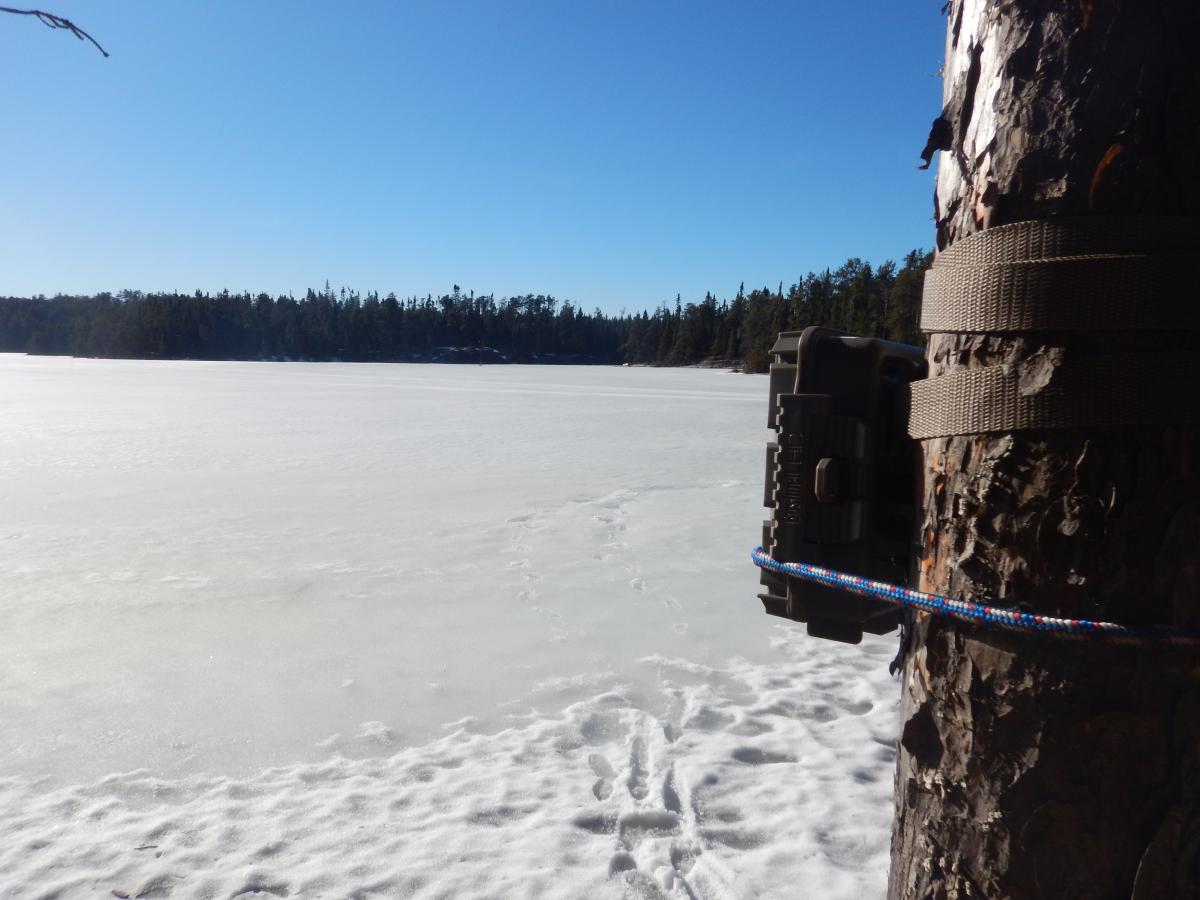Research March 22, 2016
IISD-ELA and the Lake Winnipeg Foundation Collaborate on Phosphorus
By Roger Mollot, Research Technician
As the calendar rolls through March, we enter the period of the spring snow melt. Water begins to move off the saturated fields, yards and streets and into our waterways. As the landscape drains during this period, it delivers the largest loading of nutrients and contaminants into our waterways than at any other time of the year. Of particular concern is the amount of phosphorous that enters the rivers, lakes and wetlands. Over the past few decades, the amount of phosphorous entering freshwater ecosystems has driven the process of eutrophication, which leads to nuisance algal blooms of cyanobacteria (also known as blue-green algae). These harmful algal blooms have fouled our beaches and had an impact on water quality, fisheries and tourism.

Research into the causes and control of eutrophication have been conducted at the Experimental Lakes Area (ELA, now IISD-ELA) since the inception of the facility in 1968. This research has examined the relationship between nitrogen (N) and phosphorous (P) in causing algal blooms. The results show how the ratio of N:P determines the conditions that allow for shifts in the algal community from green algae and diatoms towards harmful cyanobacteria. When excessive amounts of phosphorous enter a lake, it favours the dominance of cyanobacteria. Once conditions favour cyanobacteria, the control of nitrogen entering the waterway has no effect on these nuisance algal blooms, since cyanobacteria can utilize atmospheric nitrogen for their development. It is the reduction of phosphorous entering the waterways that is the single factor in this equation that we have the capacity to influence if we wish to control nuisance algal blooms.
As a partner of IISD-ELA, the Lake Winnipeg Foundation (LWF) actively supports science-based solutions for the protection of the rivers, lakes and wetlands within the Lake Winnipeg watershed. Lake Winnipeg is the second largest watershed in Canada, stretching across four provinces and four U.S. states. The sheer size of this watershed presents unique challenges to managing the nutrient loading to our rivers and lakes. Both agricultural and urban wastewater deliver phosphorous into our waterways. When the size of the Lake Winnipeg watershed is factored into this equation, it translates into an excessive amount of phosphorous entering our rivers and lakes, causing significant impacts on downstream water quality and ecology.
To apply the IISD-ELA eutrophication research, the LWF identifies phosphorous monitoring as the key factor in understanding how to prevent nuisance algal blooms. The LWF works with partners throughout the Lake Winnipeg watershed to provide technical training on phosphorous monitoring and interpretation of results. These phosphorous monitoring protocols are based upon the scientific knowledge and technical skills of IISD-ELA research, and will provide a greater understanding of phosphorous loading within the Lake Winnipeg watershed. Citizen groups and technical agencies are encouraged to contact the LWF to get involved in monitoring phosphorous.
More information on the phosphorous-monitoring activities of the LWF can be found athttp://www.lakewinnipegfoundation.org/monitoring-our-waterways